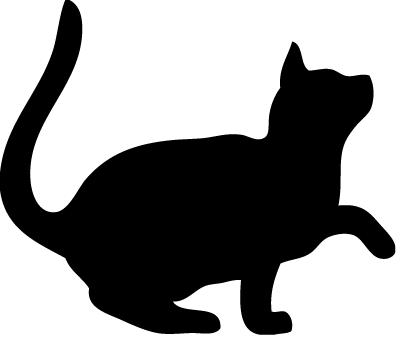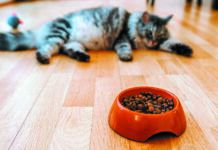Several months ago a Siberian kitten was brought to the Emergency and Critical Care Unit of Tufts’s small animal hospital. It was meowing from pain, lethargic, and had a diminished appetite. The cause turned out to be a raw food diet so low in calcium that her bones were clearly thin on x-ray. Further diagnosis showed a fracture in her right front limb; her bone density was that poor.
Calcium is not only needed for strong bones. It also helps muscles contract and is involved in nerve signaling, blood clotting, and hormone release.
The cat was put on an IV drip that delivered calcium to her body, and Tufts board-certified veterinary nutritionist Deborah Linder, DVM, helped the cat’s owner switch her to a diet that met the needs of a growing kitten. It’s so important for a cat to be on a diet with a Statement of Nutritional Adequacy that says the food meets the standards of the Association of American Feed Control Officials (AAFCO) for the cat’s particular stage of life. In the case of a kitten, the label should say “for growth” or “for all life stages.” (The term “maintenance” is for adult cats.) Unfortunately, there is no heading that says “Statement of Nutritional Adequacy” on cat food labels. You have to search the fine print.



